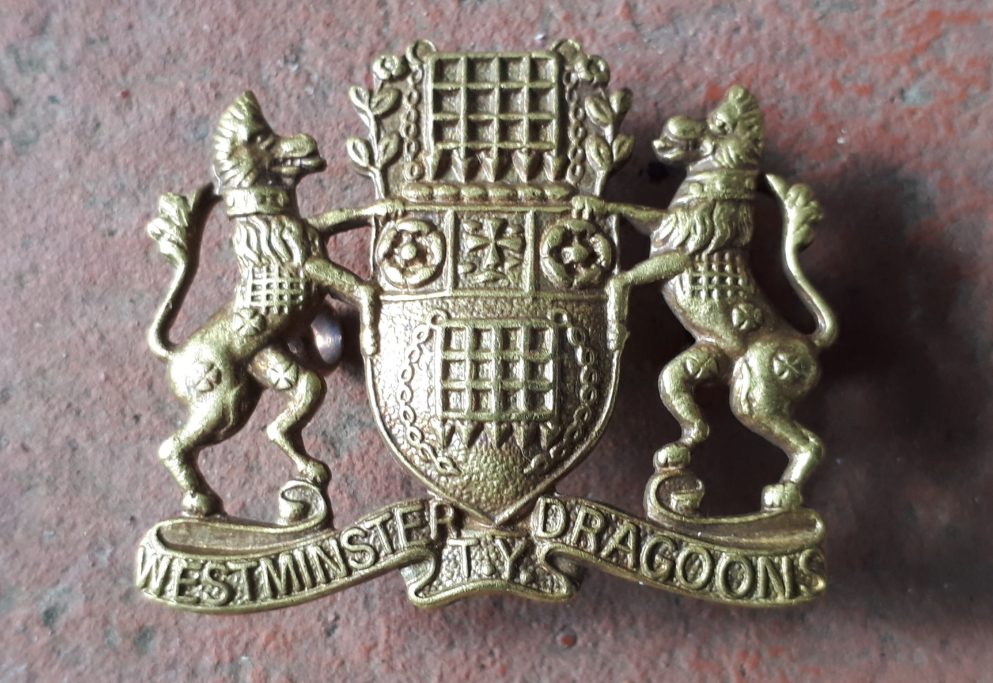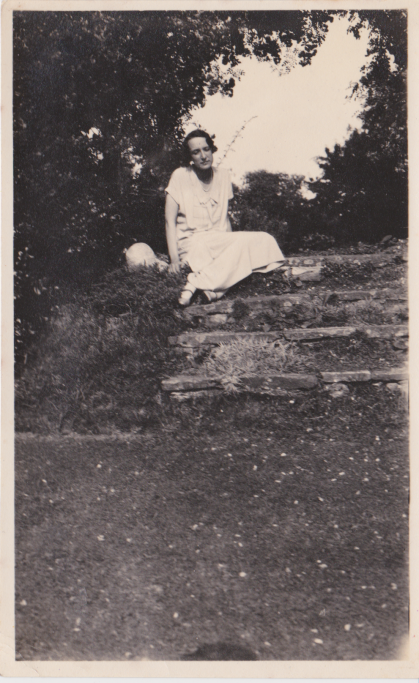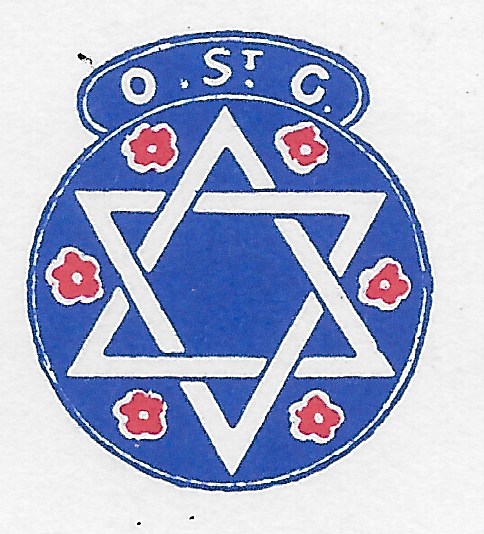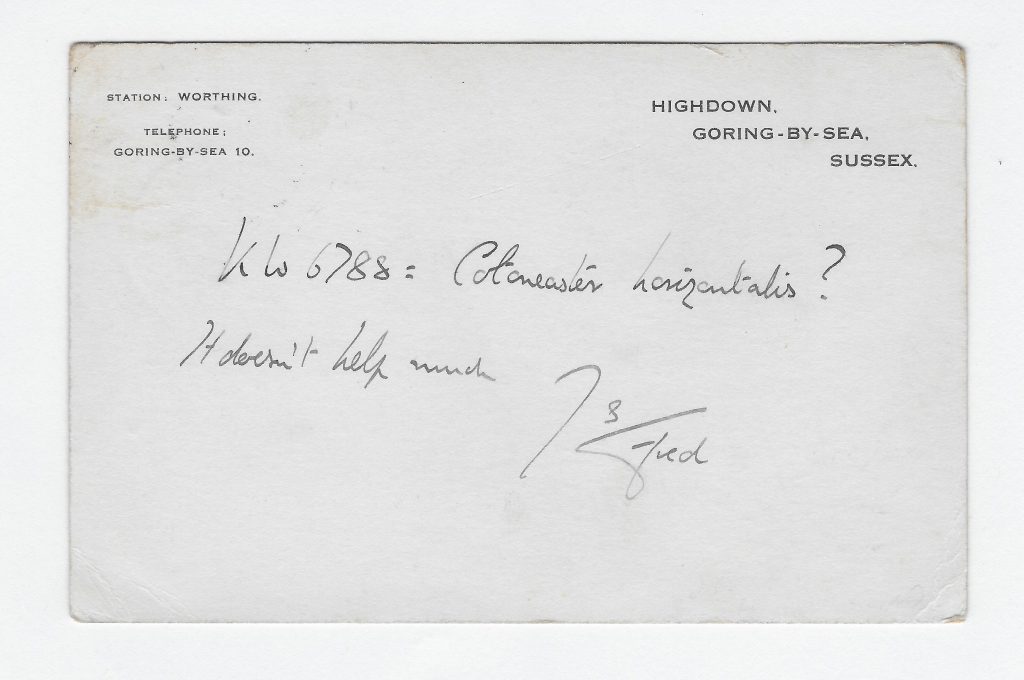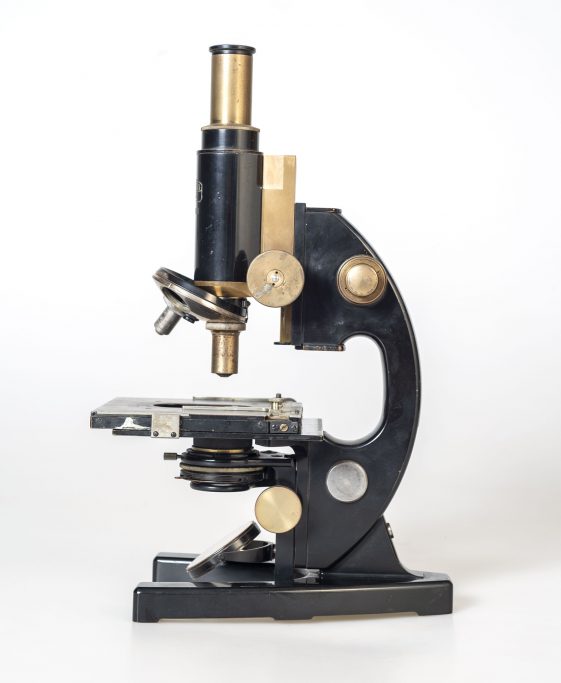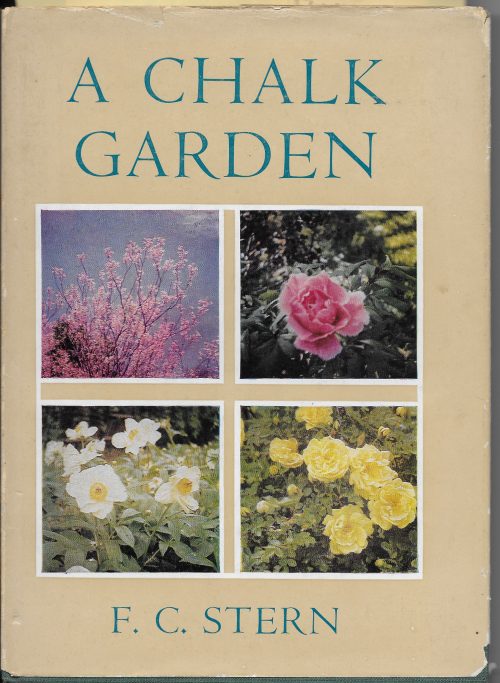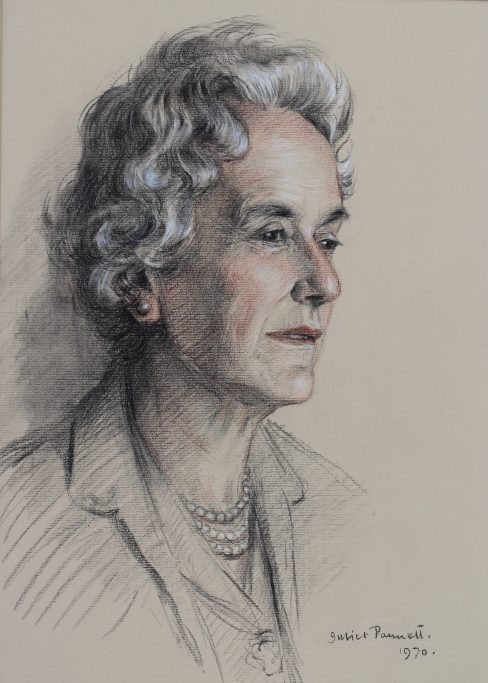History
1909
1909 – 1914. Racing, Rocks and Art
Anglo-Jewish aristocratic banker, Frederick Stern (right in photo), rents Highdown Tower. He employs a team of servants. His obsession is to train racehorses on the Sussex Downs. In 1909, Stern buys racehorse ‘Flair’ for £1.9million (today’s prices). He also creates the first Highdown Rock Garden. Stern sponsors Farrer’s plant hunting expedition to China. Sybil Lucas attends art school in Belgium, following in footsteps of her artistic family.
1914
1914 – 1918. War and Pensions
At start of First World War, Stern is a Second Lieutenant in the Westminster Dragoons (see cap badge). He survives Gallipoli. Most of his war spent in Palestine (now Israel) fighting Turkish Army and plant hunting in Sinai desert. Sybil enjoys being a civil servant in the War Pension Office, London and supporting the Union of Jewish Women. Stern gains a Military Cross, OBE and promoted to Major after his actions in the Battle of Beersheba, 31 October 1917. Sybil and her sister Joan visit Stern at Highdown in Spring 1919.
1919
1919 - 1920. Marriage and Politics
Frederick and Sybil marry at the West London Synagogue on 26 June 1919. Their London home is 16 Montague Square and Highdown is at first their weekend home. Stern flirts with Liberal politics as private secretary to Prime Minister Lloyd George during Paris Peace Conferences. Frederick's mother Lucy Stern presents Sybil to the British Royal Court on 24 June 1920.
1921
1921 - 1960s. Philanthropy and Tents
Like many Anglo-Jewish aristocrats, the Sterns actively support Jewish charities and the local Goring Cricket Club. In August 1921, they allow the Oxford and St George’s youth clubs (see badge), from the East End of London, to camp on Highdown Hill. This turns into an annual event.
1920s - 1950s. SYNDICATES, SOCIETIES and VISITORS
Stern’s plant collecting obsession blooms. He assembles plant collecting syndicates to fund plant hunters such as George Forrest, Dora Stafford and Frank Kingdon-Ward. The Sterns develop as experts at plant propagation and creating hybrid flowers. He joins the Royal Horticultural Society and Linnean Society. In the 1920s Sybil is a suffragist activist for the Liberal Party. In 1936 she becomes a respected Worthing magistrate. From the 1930s, the fame of Highdown Gardens attracts: botanists, plant hunters, gardeners, scientists and the Royal Family.
1939
1939 - 1945. Home Front
During World War Two, Stern is the Group Commander of West Sussex Home Guard (see painting) and promoted to Colonel. Sybil joins the Women’s Voluntary Service in Worthing and becomes a senior officer. Stern is awarded the Victoria Medal of Honour (Horticulture). He researches plant cells. Sybil establishes the Goring Women's Institute.
1945
1945 - 1960s. Chromosomes and Committees
Stern now obsessed with counting plant chromosomes and learns techniques from scientists E.K. Janaki Ammal and Len La Cour. The Highdown wine cellar is made into a laboratory. Stern appointed as President of the John Innes Society and elected Master Warden of the Draper’s Company. He is the first amateur scientist to lecture on cell biology, at the Royal Horticulture Society. In 1956, Stern knighted for his services to horticulture. Lady Sybil continues her work as a magistrate.
1940s - 1967: LEGACY, Part One
Sir Frederick publishes research papers on: Study of genus Paeonia (1946); Study of genera Galanthus and Leucojum (1956). He collects all his 40 years of lectures and notes and writes the bible for gardeners: ‘A Chalk Garden’, first published in 1960. Sir Frederick Stern dies in 1967, aged 83 years.
1968
1968 - 1972. LEGACY, Part Two
In 1968, Lady Sybil Stern donates Highdown Gardens to Worthing Town Council. She dies in 1972. Many of the contents of Highdown Tower sold at auction or donated to several archives. The Sterns’ long obsession created a unique Chalk Garden that today can be enjoyed by everybody.

